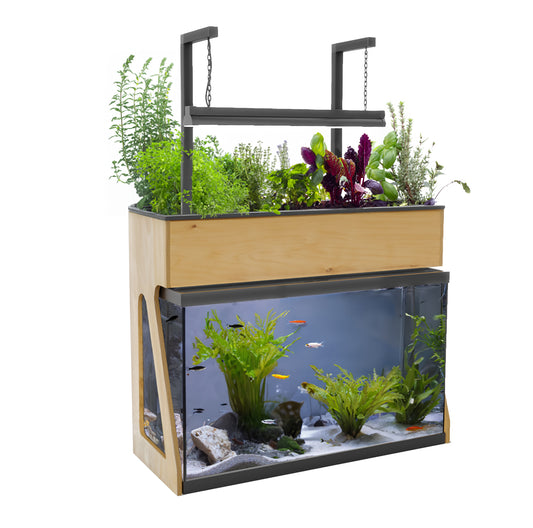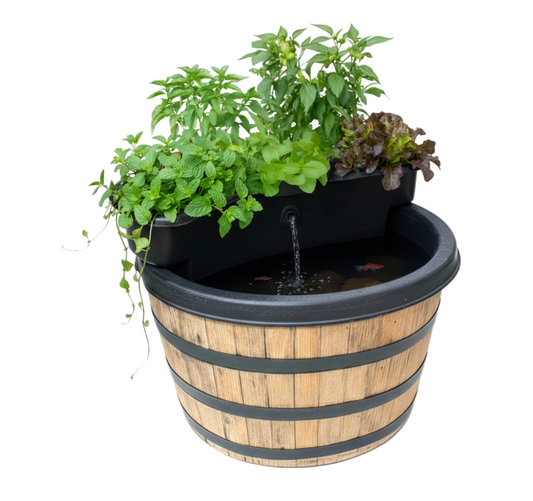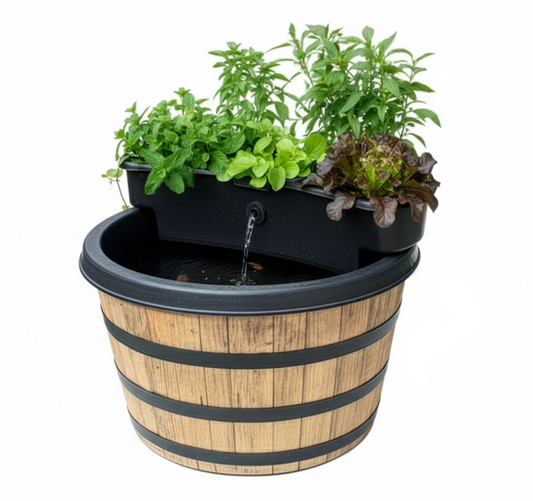The Hidden Costs of Synthetic Fertilizers in Hydroponics

Hydroponics, the soilless cultivation of plants, is often lauded for its efficiency and potential to revolutionize agriculture. However, the use and production of synthetic fertilizers essential to hydroponic systems present significant health and environmental challenges. While hydroponics reduces land use and water consumption, the associated fertilizers come with hidden costs that merit closer examination.
Environmental Impact of Fertilizer Production
The production of synthetic fertilizers is energy-intensive, contributing to greenhouse gas (GHG) emissions. The Haber-Bosch process, widely used to synthesize ammonia—a key ingredient in nitrogen-based fertilizers—requires substantial amounts of natural gas. According to the International Fertilizer Association, fertilizer production accounts for approximately 1.3% of global CO₂ emissions.
Moreover, the extraction of raw materials, such as phosphate rock and potash, causes significant environmental degradation. Mining for these resources often leads to habitat destruction, soil erosion, and water pollution. A study published in Nature Communications highlights the increasing pressure on phosphorus resources due to global demand for fertilizers.
Water Contamination and Eutrophication
One of the most pressing issues associated with fertilizers in hydroponics is nutrient runoff. Even in closed systems, leaks and improper disposal of nutrient solutions can result in the release of excess nitrogen and phosphorus into water bodies. This contributes to eutrophication—a process where nutrient overloads stimulate excessive algae growth.
Algal blooms deplete oxygen levels in water, creating "dead zones" that are uninhabitable for aquatic life. According to the U.S. Environmental Protection Agency (EPA), these dead zones are primarily caused by nutrient pollution and pose significant challenges for aquatic ecosystems.
Air Pollution and Climate Change
Fertilizers not only impact water quality but also contribute to air pollution. Nitrogen fertilizers release nitrous oxide (N₂O), a potent greenhouse gas with a global warming potential approximately 300 times that of carbon dioxide. The Intergovernmental Panel on Climate Change (IPCC) estimates that agricultural N₂O emissions are projected to increase significantly in the coming decades.
Additionally, the transportation of fertilizers—from production facilities to hydroponic farms—adds to their carbon footprint. While hydroponic systems may require smaller quantities of fertilizer per plant compared to traditional farming, the reliance on synthetic chemicals undermines the overall sustainability of the practice.
Health Risks from Fertilizer Exposure
The use of fertilizers in hydroponics also poses health risks. Workers handling concentrated nutrient solutions may be exposed to toxic chemicals, including ammonium nitrate and potassium chloride, which can cause skin irritation, respiratory issues, and other health problems. Prolonged exposure to certain fertilizer compounds has been linked to severe health concerns, such as kidney damage and neurological effects.
Consumers are also at risk. Residual nitrate levels in hydroponically grown produce can pose health hazards. High nitrate intake has been associated with methemoglobinemia, or "blue baby syndrome," and an increased risk of certain cancers, as noted in research published in the International Journal of Environmental Research and Public Health.
The Problem with Microplastics
Another emerging issue is the use of microplastics in hydroponic systems, particularly in slow-release fertilizers. Microplastics contribute to soil and water pollution and pose risks to human health. A study in Science Advances explored how microplastics from fertilizers can enter the environment through organic fertilizers derived from biowaste fermentation.
Sustainable Alternatives to Synthetic Fertilizers
Despite these challenges, there are more sustainable approaches to nutrient management in hydroponics. Organic fertilizers derived from compost, fish emulsion, or seaweed extract offer environmentally friendly alternatives. These natural options reduce the reliance on synthetic chemicals and minimize the risk of water contamination.
Innovative closed-loop systems that recycle nutrients further enhance sustainability. By capturing and reusing runoff, growers can significantly reduce waste and nutrient loss. Technologies like biofilters and constructed wetlands can also improve nutrient management.
The Role of Policy and Education
Addressing the negative impacts of fertilizers requires systemic change. Governments and industry stakeholders must implement stricter regulations on fertilizer production, usage, and disposal. Incentivizing research into sustainable alternatives and promoting best practices in nutrient management can help mitigate environmental and health risks.
Education is also critical. Hydroponic growers need training and resources on sustainable fertilizer use. Workshops, online courses, and certification programs can empower individuals to make environmentally responsible choices.
Conclusion
While hydroponics has the potential to transform agriculture, the widespread use of synthetic fertilizers presents significant challenges to both human health and the environment. Transitioning to organic alternatives, adopting closed-loop systems, and enforcing stricter regulations are crucial steps toward reducing the environmental footprint of hydroponics. By addressing these challenges, we can ensure that hydroponic farming fulfills its promise as a truly sustainable agricultural solution.










